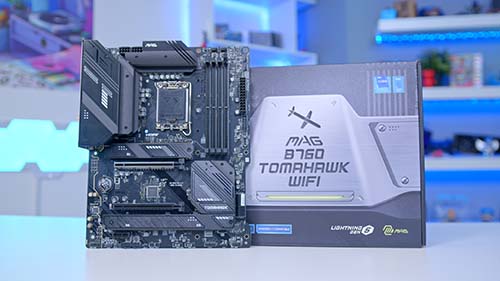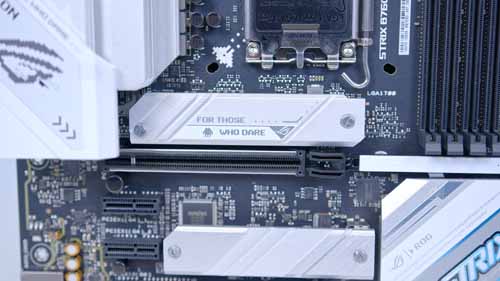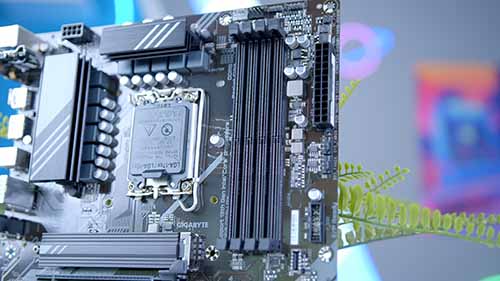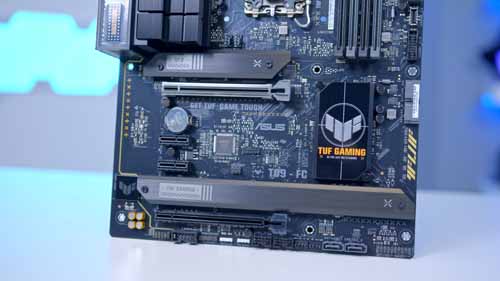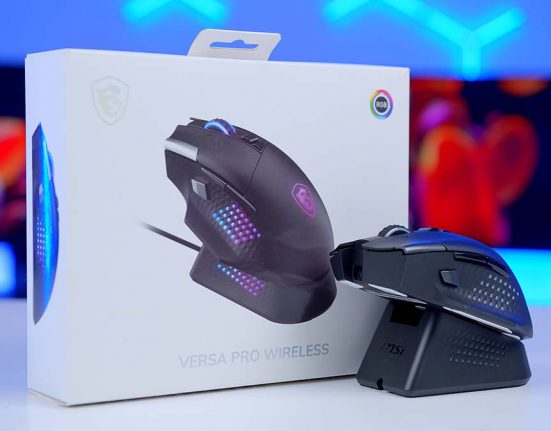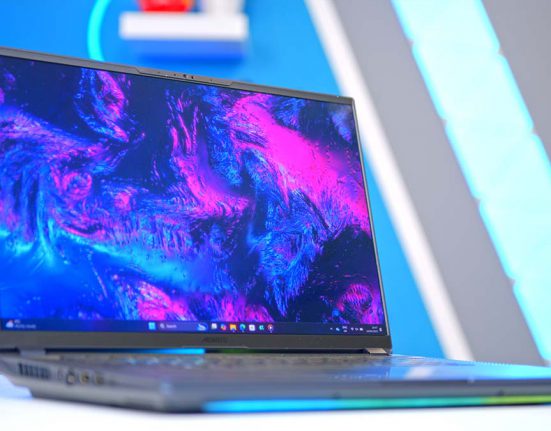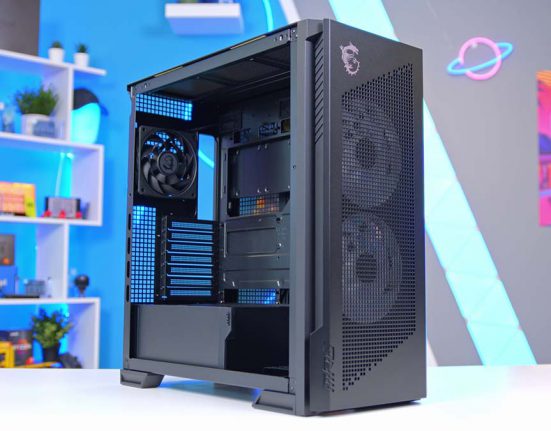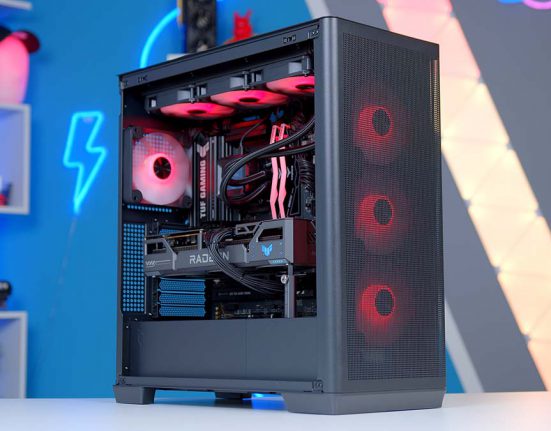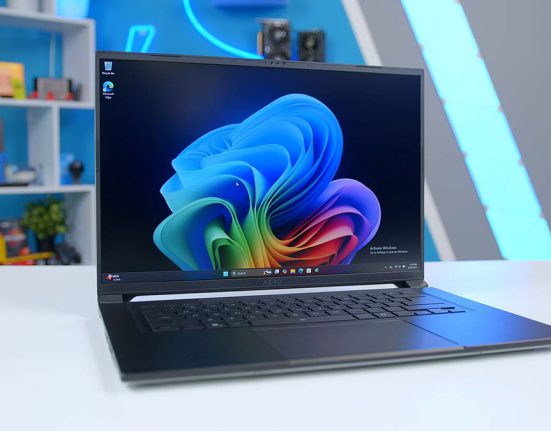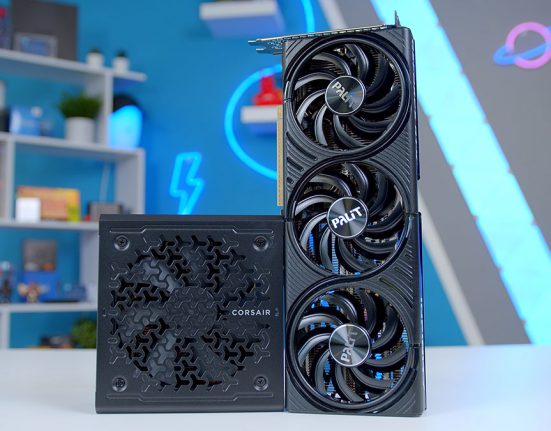Introduction
Motherboards are a crucial element of any PC build, as they essentially act as the backbone which connects all the other components together, allowing them to communicate with one another to complete various prompts and demands. But searching for a motherboard that provides all the right connections, while sticking to a tight budget can be quite the challenge. Whilst the CPU you plan of using in your PC build will whittle the options down to certain chipsets, there are still plenty of motherboards to consider, all with varying designs, versatility, and performance parameters.
Fortunately for you, we’ve tested a wide range of the best motherboards available and slimmed down the best options within each price range to pair alongside Intel and AMD’s range of CPUs. This time around, we’ll be looking at budget-friendly motherboards that can house Intel’s range of affordable processors. If you have an AMD CPU in your build, head over to our roundup of the best budget Ryzen 7000 motherboards.
The Best Budget Intel Motherboards
1. ASUS ROG STRIX B760-G Gaming WiFi D4
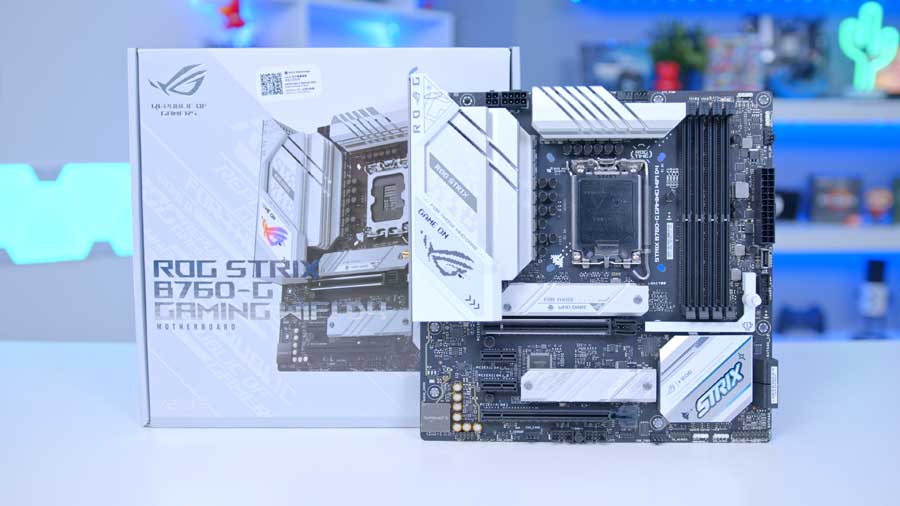
For budget builders planning on keeping their system compact, the ASUS ROG STRIX B760-G Gaming WiFi D4 is arguably the best choice. Additionally, this motherboard is also an excellent option for anyone putting together an all-white PC build. This particular design seems to address a specific niche within the market for compact components with a white aesthetic, making it quite the rare commodity.
But putting looks aside for now, the STRIX B760-G also offers plenty of support for a budget-oriented PC. With DDR4 RAM compatibility and speeds up to 5333MT/s, users can take advantage of the best DDR4 memory on the market, leading to smooth and responsive gameplay.
Longevity won’t be too much of an issue either, as this motherboard comes with a PCI-E 5.0 x16 slot, which provides support for those planning to upgrade their GPU in the future. The rear IO also includes a number of high-speed USB ports, which ensures a low latency connection when plugging in various gaming peripherals.
Though the Strix B760-G does as much as possible to ensure the performance isn’t limited by its Micro-ATX form factor, this motherboard does have some downsides. For example, the niche design choices will deter a lot of consumers away from this board. In addition, the smaller form factor prevents this design from having additional PCI-E slots for M.2 storage and GPUs.
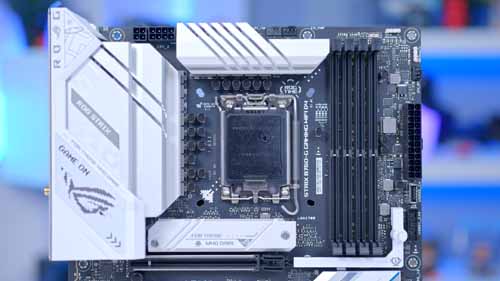
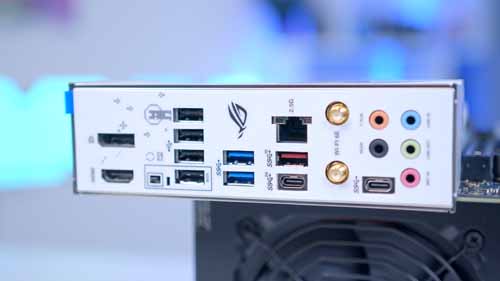
2. Gigabyte B760 DS3H AX
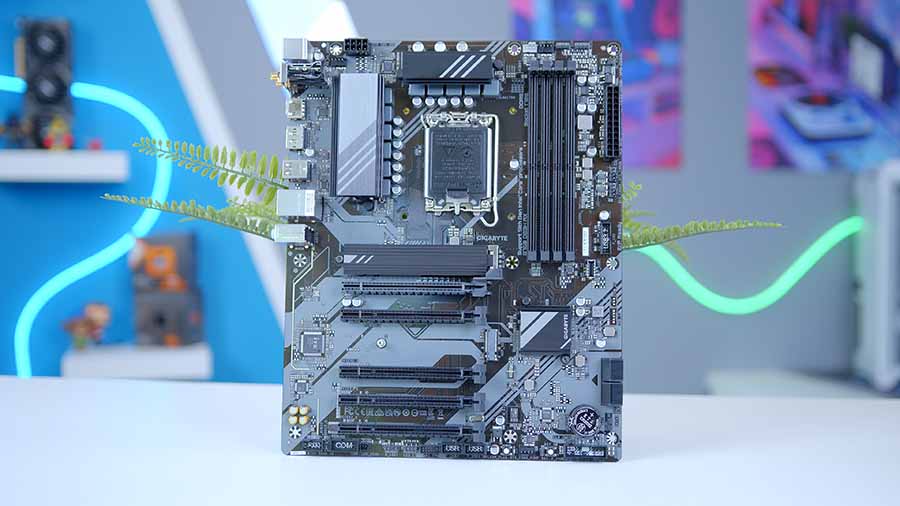
Gigabyte’s B760 DS3H AX is one of the cheapest B760 motherboards available, making it a solid pickup for consumers worried about overspending. Despite its lower price point, this motherboard still provides more than enough slots and ports to support a budget-friendly gaming PC with ease.
In terms of performance, the DS3H AX includes a Gen4 slot for Radeon 7000 and RTX 40 series GPUs, as well as a number of PCI-E x1 slots that can be used for networking or capture cards. On top of this, the DS3H AX supports up to 192GB of DDR5 memory, supporting maximum transfer speeds of 7600MT/s.
However this motherboard puts all of its focus into performance, which means that the aesthetic is a bit lacking in comparison to other boards. Additionally, the lack of heatsinks leaves components vulnerable to overheating.

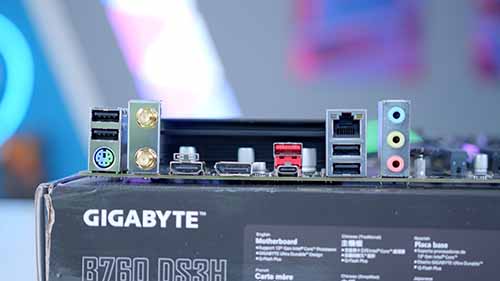
3. MSI MAG B760 Tomahawk WiFi
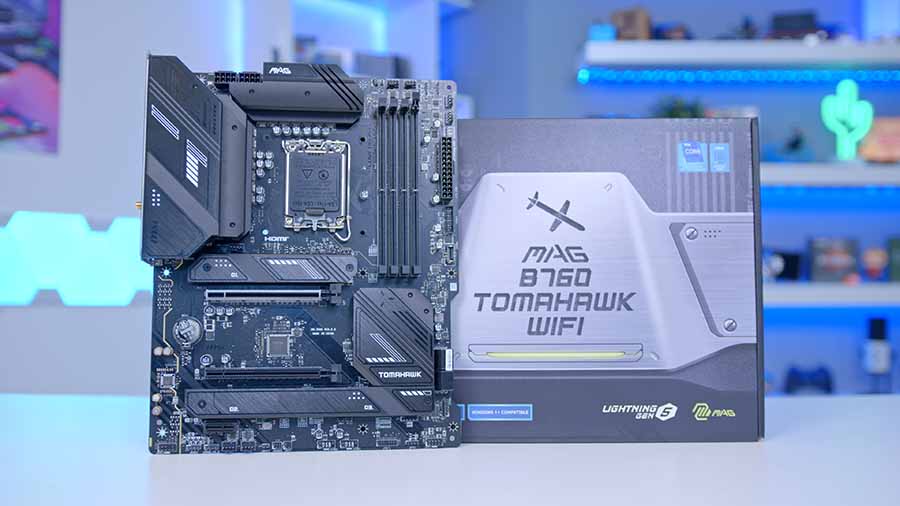
If you’re a price conscious buyer that’s looking to build a PC with the best performance possible at a reasonable price, then the MSI MAG B760 Tomahawk WiFi might just be the answer. This motherboard offers great value to consumers that want to build either a budget or mid-range gaming PC, boasting plenty of features you’d expect to see on motherboards with a more expensive Z790 chipset.
For example, the support for DDR5 memory grants users access to the best RAM kits on the market, providing a performance boost in certain applications and games. Also, the Gen5 graphics card slot provides users with some additional paths for those that plan on picking up a GPU upgrade.
In terms of connectivity, this motherboard includes a range of high-speed USB ports for connecting peripherals, as well as a WiFi 6E module and a 2.5Gb LAN port, which are both extremely reliable connections for gaming whether you’re opting for wired or wireless. That being said, the rear IO also includes a range of USB 2.0 ports, which means you’ll have to make sure your gaming mouse or keyboard are connected to the right ports for optimal performance.
As for the appearance of the B760 Tomahawk WiFi, this motherboard will fit into most PC builds without any issues. However, the overall aesthetic is fairly bland, compared to some of the more premium Intel motherboards on the market.

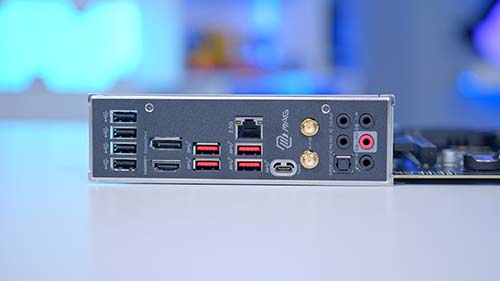
4. ASUS TUF Gaming B760 Plus-WiFi D4
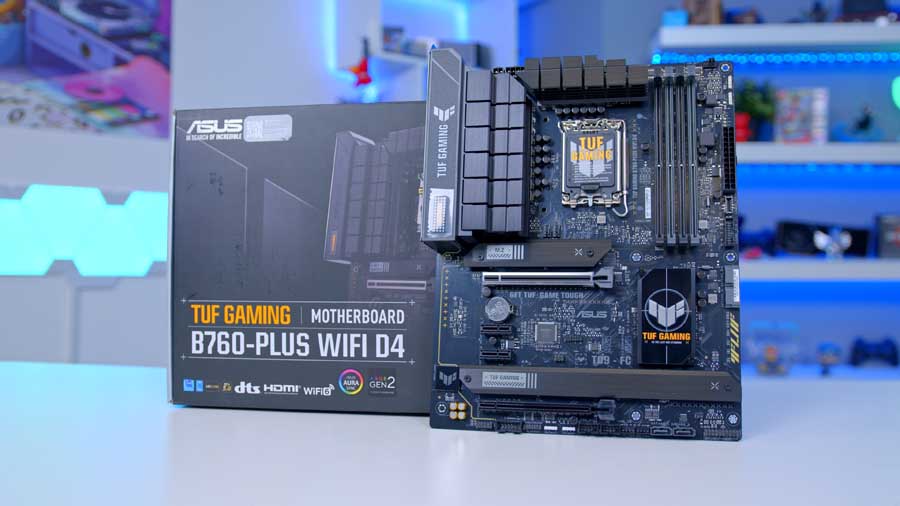
If you’re looking for a motherboard that looks as good as it performs, then the ASUS TUF Gaming B760-Plus WiFi D4 will be a suitable fit. B760 motherboards can often look fairly lacklustre due to their lack of heatsinks and focus on performance over aesthetics. However, the TUF Gaming B760-Plus WiFi D4 uses the barebones PCB as an advantage, as it contributes to the industrial-theme used throughout the design.
The performance of this motherboard isn’t too bad either, as it offers support for a Gen5 graphics card, as well as multiple slots for M.2 storage. This should be more than enough to support a budget-friendly gaming PC, along with a number of upgrades for years to come.
Unfortunately, the focus on improving the aesthetic of this motherboard comes with a significant price hike, making the TUF Gaming B760-Plus WiFi D4 less than ideal for consumers looking for the best bang for their buck. On top of this, the limitations that come with DDR4 RAM and lack of support for Gen5 SSDs will restrict system-wide performance as games become more demanding in the future.

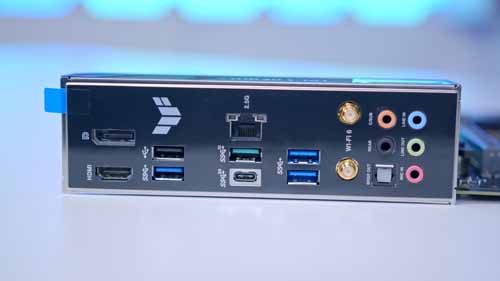
How We Tested the Best Budget Intel Motherboards
When testing a range of motherboards for a particular budget, chipset, or use-case, we evaluate every motherboard using the same procedures and factors, which gives each product an equal chance of being considered the best option for consumers. The range of factors we consider when testing motherboards include the following:
- Performance
- Design
- Connectivity
- Versatility
- Value for money
Intel Chipsets Explained
When searching for a motherboard to go alongside an Intel CPU, the easiest way to cut down your list of options is to stick with a certain chipset. Each chipset will be suited towards specific budgets, generations, and tiers of processors. To determine which motherboard is best suited to your CPU, we’ve put a list together of the recommended chipsets for each processor.
| Intel Chipset | Recommended Intel CPUs |
|---|---|
| B660 | i3 12100, i5 12400, i5 12600 |
| B760 | i3 13100, i5 13400, i5 13600, i5 14600 |
| Z690 | i5 12600, i7 12700, i5 13600, i5 13700, i9 12900 |
| Z790 | i7 13700, i7 14700, i9 13900, i9 14900 |
Frequently Asked Questions
Z790 vs B760?
Z790 boards are the go-to option for those looking to build a high-end or mid-range PC, due to its stronger set of features, slots and ports versus B760. But B760 motherboards offer an edge on pricing, which makes them worth considering if you’re being a bit more price conscious.
Can I Overclock on B760 Motherboards?
Unfortunately, no. B760 motherboards do not support CPU overclocking, you’ll need to pick up a Z790 option if you plan on pushing your CPU a bit more.
Is Gen5 Necessary?
Yes and no. While Radeon 7000 and RTX 4000 graphics cards do not use PCI-E 5.0, the next generation of cards are likely to use this slot in some capacity, though the specifics remain unclear.


![FI_[AW] Best Budget Intel Motherboards_1.1.2 - GeekaWhat](https://www.geekawhat.com/wp-content/uploads/2023/11/FI_AW-Best-Budget-Intel-Motherboards_112.jpg)
